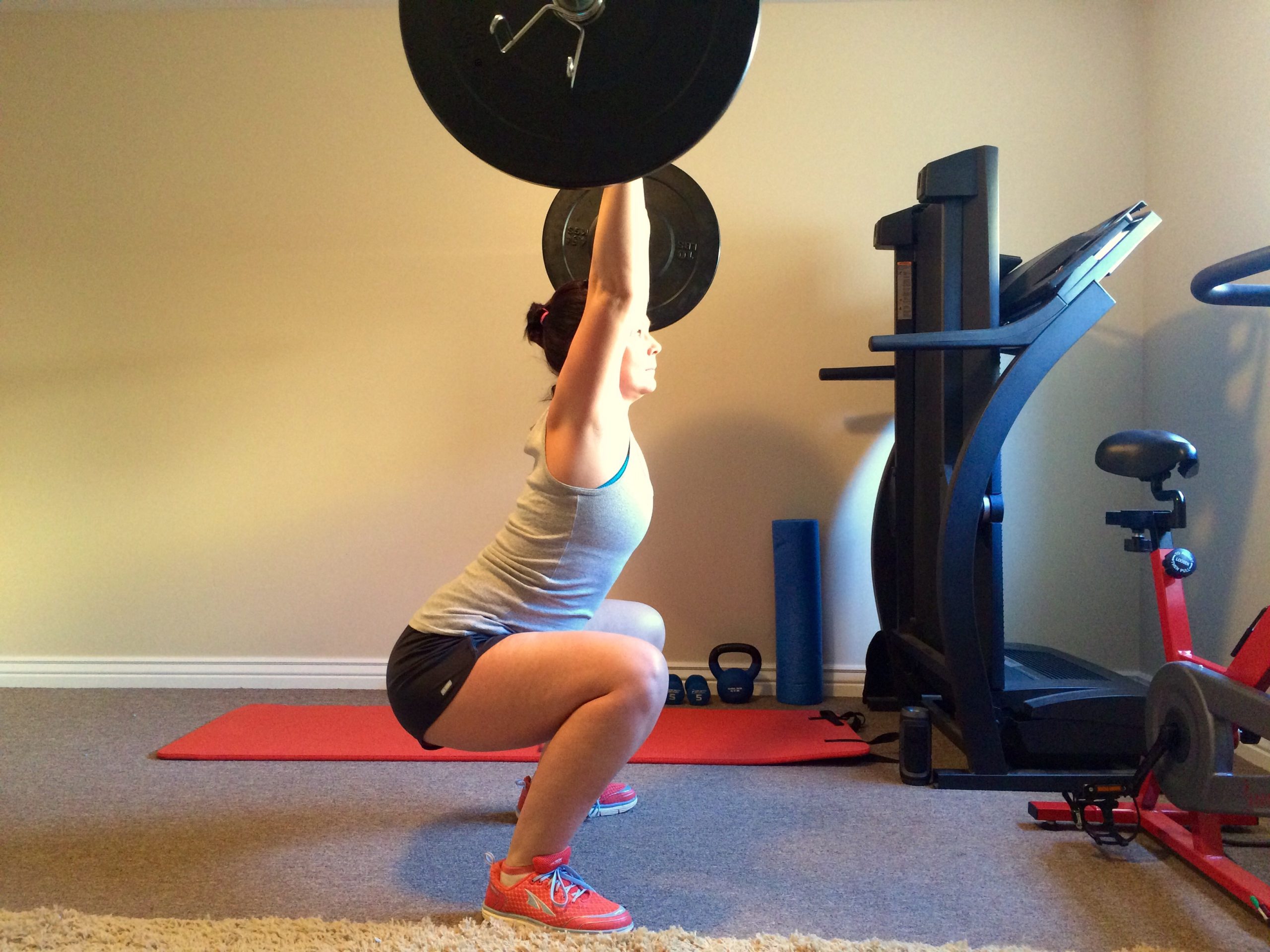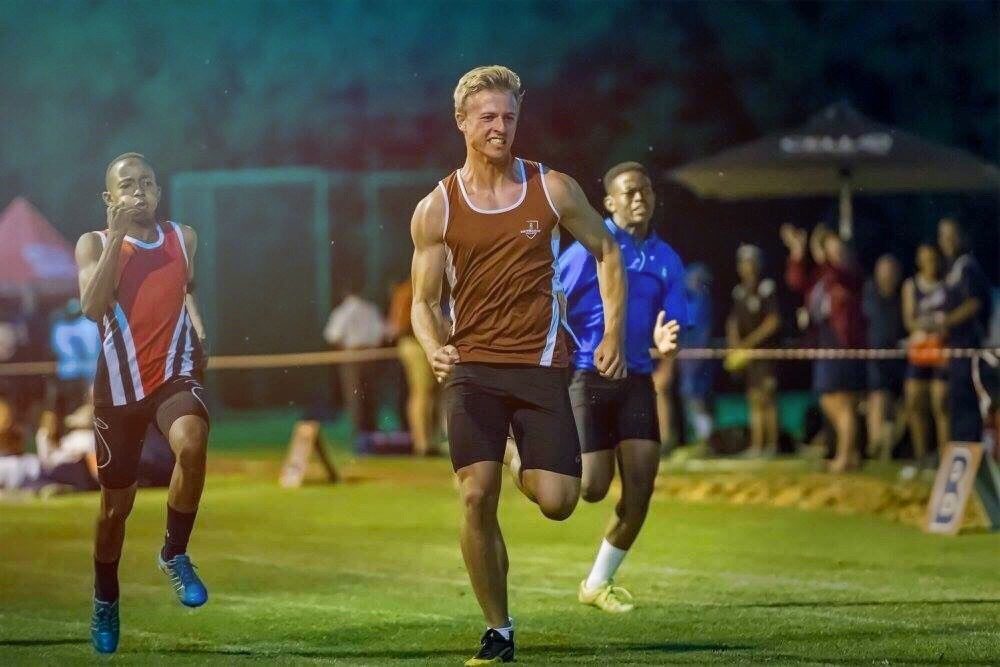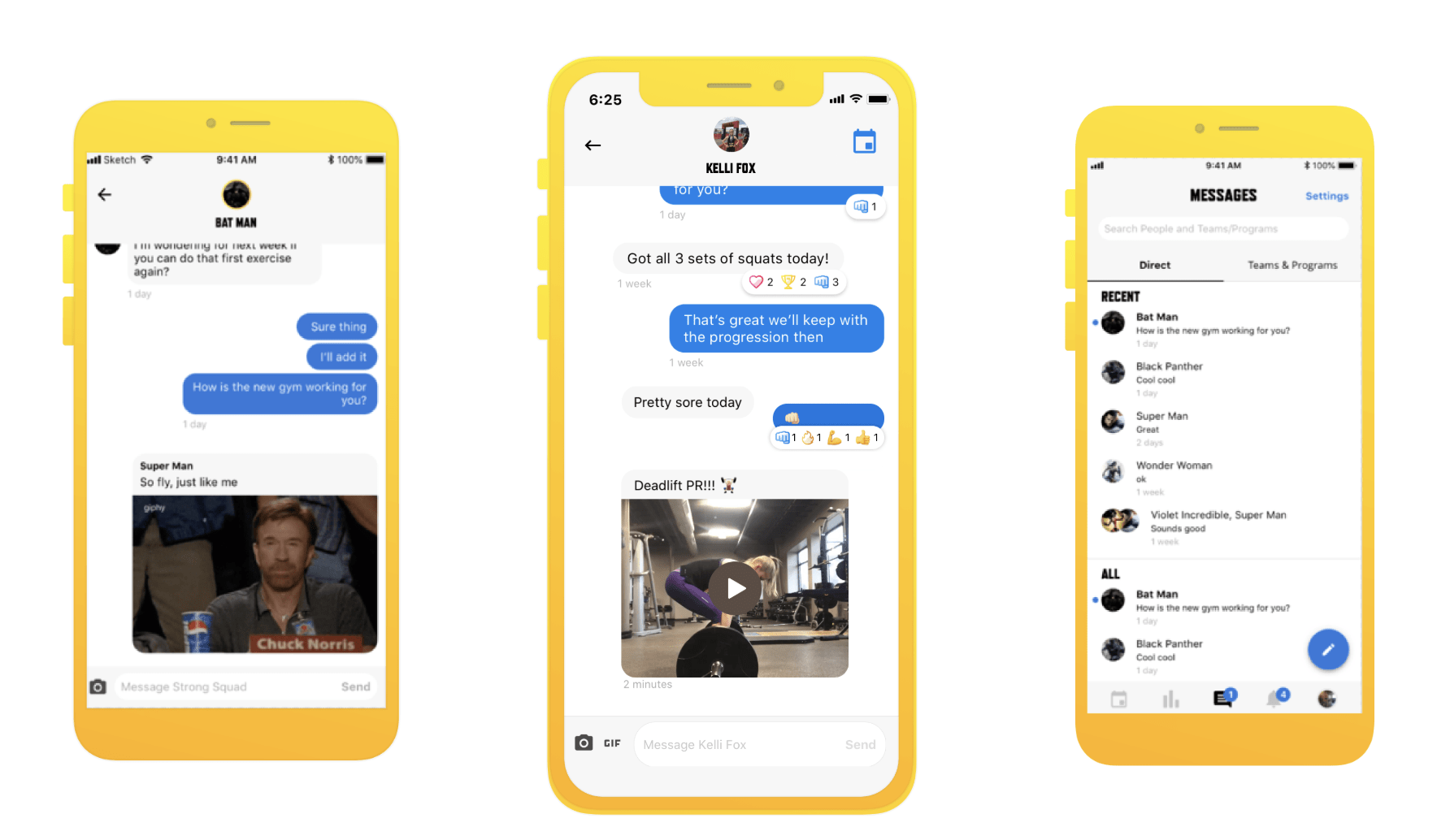How to Land and Decelerate Better
Strength & ConditioningIn this article, Tim will share some info that I hope will help you learn to improve your body control as you decelerate and land. The goal will be to give you greater longevity and durability in your sport and life, while also being able to close the loop safely on your increased leaping power.
Tim DiFrancesco
Doctor Tim DiFrancesco is the President & Founder of TD Athletes Edge. In December of 2011, he was named the Head Strength & Conditioning Coach of the Los Angeles Lakers in the NBA. While traveling with the Lakers for over 6 seasons from 2011-2017, Tim built TD Athletes Edge. TD Athletes Edge is nationally renowned for its evidence-based and scientific approach to training, nutrition, and recovery for athletes and fitness enthusiasts. Follow Dr. DiFrancesco on Instagram at @tdathletesedge
Find Coach DiFrancesco’s training in TrainHeroic’s Marketplace here.
// Save Your Ankles, Knees, and Hips by Decelerating better
What comes up, must come down.
No matter how airbenders like Zach LaVine, Coco Gauff, or Kerri Walsh Jennings seem to define the laws of physics when leaping to dunk, smash, or spike a ball, eventually gravity has the last laugh and they come back to Earth. In the previous piece in this series, we explored some ways to get off the ground faster, higher, and with more power.
Now it’s time to look at the other side of the equation. In this article, I’ll share some info that I hope will help you learn to improve your body control as you decelerate and land.
The goal?
Giving you greater longevity and durability in your sport and life, while also being able to close the loop safely on your increased leaping power.
The need to decelerate and land safely arguably should’ve been the focus of the first part in this series, because if you’re not able to control your body on the way back down, you have no business going up.
Think of a Ferrari surging down a straight at 200 miles an hour. That’s mind-blowing speed, but it won’t end well for the driver if their brakes don’t work. So it is with jumping and landing.
These elements are often discussed like they’re two different things, but I prefer to think of them as part of the same motor patterns, and to train them accordingly. Now let’s look at how you can progress in both areas simultaneously.

Hold, Hold!
Yes, this is a memorable line from Braveheart.
But it’s also the best place to start with readying your body’s structure to withstand the extra force production you’re going to train it to produce later. I typically like to guide my athletes through a 12-week cycle.
The goal is that by the end they can not only get up higher, faster, and with greater velocity, but can also then decelerate and land in a way that brings them back to Earth safely.
During the first four weeks, we typically focus on isometric holds. Being able to keep your body steady in one place at a certain point of a movement provides greater control and stability, both of which are important components of leaping, decelerating, and landing. One of the go-to exercises here is the wall sit.
This is essentially a supported squat pattern and you’re going to be able to load the knees in an untypical way. We’ll usually do three sets of 15 to 45 seconds. You could also do a bodyweight (aka “air”) squat and hold the bottom position for 15 to 45 seconds.
You could apply an isometric hold to any lower body exercise, including Romanian deadlifts (RDLs), lunges, and so on.
Lengthen Under Tension
We devote the second four-week mini-block to emphasizing eccentric contraction-focused movements, as these are also key in decelerating and landing.
The drop squat is my favorite one to start with, as it requires to generate some speed and force in place, as you would when in the loading phase of a jump in basketball, soccer, volleyball, or any other sport, and then to halt your momentum without jarring your joints.
People have different preferences for the drop squat, but I want you to start up high, with your hands overhead, and up on your tiptoes. Then quickly drop your elbows and your hips down into a squat as hard and fast as you can.
Next, slam on the brakes and stop at the bottom of your squat. Without even leaving the ground, you’ve prepared your body to accept deceleration as you shoot your hips and your elbows down. You then stop that train on the tracks right in the “cave” of your squat and groove the neuromuscular action of jumping, decelerating, and landing. You’re also preparing your structures to say, “Oh, this is how I stop myself when I’m at the bottom of this and better respond to this stimulus.”
Three sets of 15 reps should suffice. I then like to introduce the split squat and lunge (which are really just two different applications of the same pattern – the first being static and the second dynamic).
Again, three sets of 15 reps will do the trick.
Mission Control Ready for Launch

The third and final mini-block in the 12-week program focuses on asking your tissues to run the jumping motor program with more speed and power, yet still with the control necessary to decelerate and land safely. There are several tools we can pull from the box here.
One is the drop or depth jump. To do it, stand on top of a bench or low plyo box, drop down to the ground, land, and then immediately jump up as high as you can. Land softly. Repeat five to 10 times and do three sets. Avoid the temptation to mimic high-flying rugby speedster Carlin Isles right away, and instead start with an eight-, 10-, or 12-inch drop. You can build up as the program progresses.
Another exercise I often use in this third phase is a goblet squat jump.
This is exactly what it sounds like: perform a goblet squat with a light dumbbell or kettlebell and then leap explosively out of the bottom position, before landing softly. Make sure you keep a solid grip on the weight.
You can also add a pause at the bottom if you want to add an isometric element back into the exercise, which will force your body to overcome inertia as you transition between the squat and leap portions. Concentrate on sticking the landing and slam on the brakes to teach your soft tissues how to handle more than your body weight.
This helps you to mimic the intensity and force that is applied in game situations. Keep the reps low here and the quality level high.
In terms of workout frequency, I’d recommend one to three sessions a week, depending on where your coach thinks you’re at with your jumping, decelerating, and landing, your injury history, and the competitive load from practicing and playing your sport/s.
The final third of the program is particularly intensive, so be sure to listen extra carefully to your body.
If you’re experiencing anything more than a normal level of post-exercise soreness, spend some extra time working on mobility and do a less intense session that day. If you combine the principles and progression shared here with those in part one of this series, I’m confident that you will be able to jump higher and further than ever, and decelerate and land more safely and effectively afterward.
Programs By TD Athletes Edge
Even when you can’t get to the gym, that doesn’t mean the gym can’t come to you! TD Athletes Edge brings you the following at-home bodyweight training guide to continue working towards your individual health and wellness goals from the comfort of your own home.
TAKE YOUR TRAINING
TO THE NEXT LEVEL
The TrainHeroic Marketplace
TrainHeroic brings online training and strength programs to life with an unmatched imersive training experience delivered directly to your phone. Browse our Marketplace for thousands of programs or take your training up a notch by joining an online community with fresh programming and coaching by some of the biggest names in the strength game starting at $15 / month.

READY TO TRY TRAINHEROIC?
Our powerful platform connects coaches and athletes from across the world. Whether you are a coach or trainer looking to provide a better experience for your clients, or you’re an athlete looking for expert programming, click below to get started.
Want more training content?
More coaches and athletes than ever are reading the TrainHeroic blog, and it’s our mission to support them with the best training & coaching content. If you found this article useful, please take a moment to share it on social media, engage with the author, and link to this article on your own blog or any forums you post on.
Be Your Best,
TrainHeroic Content Team
HEROIC SOCIAL
HEROIC SOCIAL
TRAINING LAB
Access the latest articles, reviews, and case studies from the top strength and conditioning minds in the TH Training Lab


